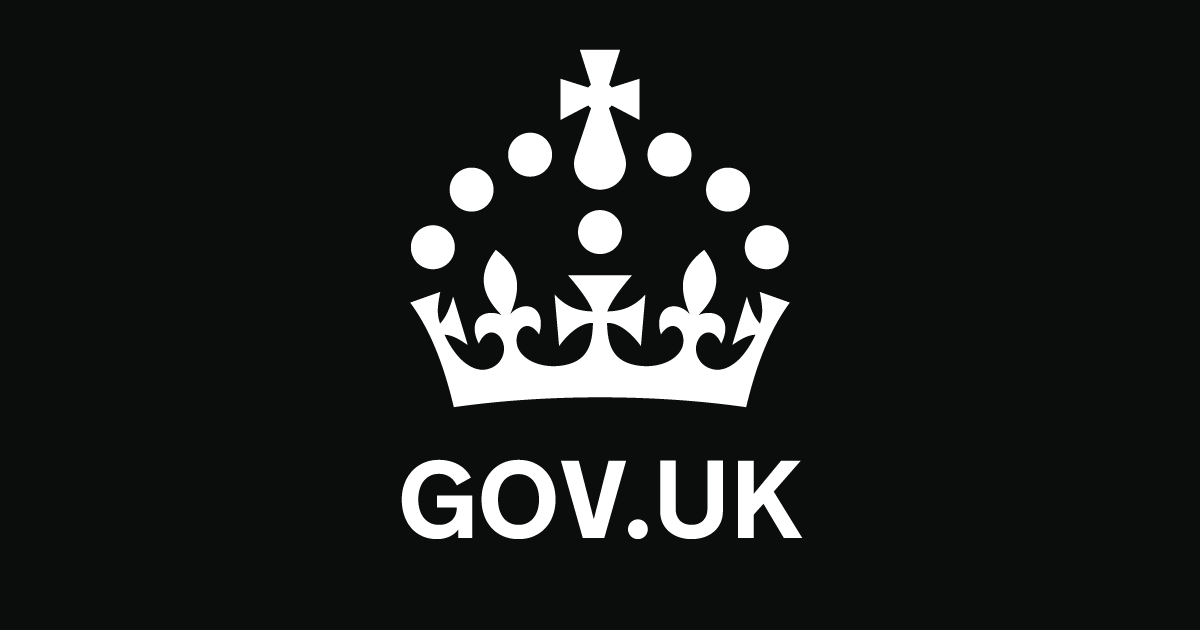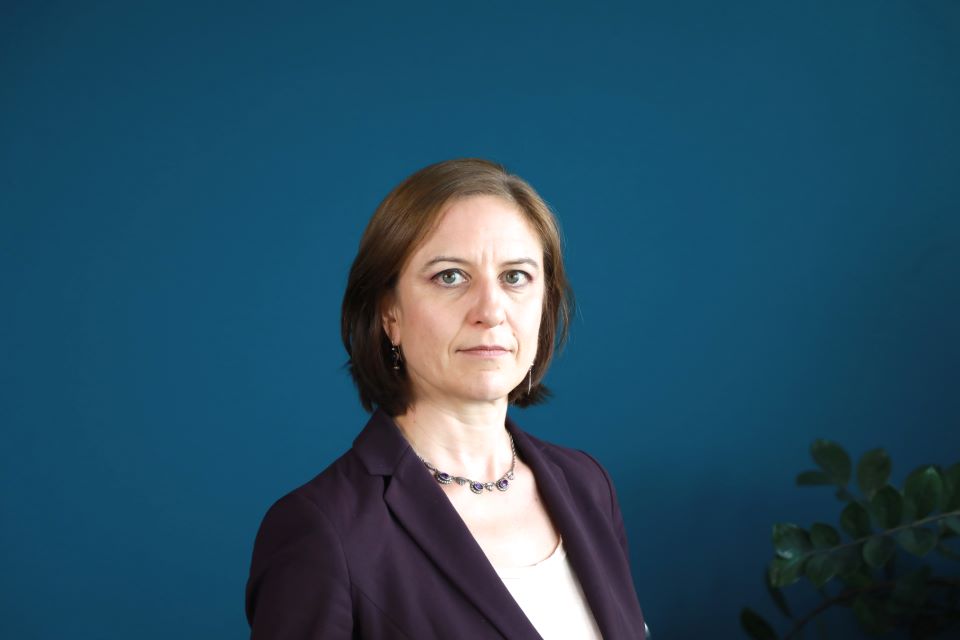Yet Kate Slevin, from theRegional Plan Association, a non-profit civic organisation, suggests that there are ways to help ease these concerns. One approach could include equalising tolls, “so that, no matter how many bridges or tunnels you cross, drivers pay about the same”.
Additionally, she notes, there are already mitigation plans in place to counter the risk that truck traffic will be pushed into already-deprived areas. Truck traffic is a particular problem since these and other large vehicles have limits on the crossings they can use in and out of the city, meaning the congestion fee might encourage them to take longer routes through residential neighbourhoods. The plan thus includes $155m (£122m) of investment in reducing truck pollution, improving asthma care, expanding parks and electrifying buses.
:
“As traffic is reduced, it’s easier to put in pedestrian zones, protected bus and cycle lanes, and smart approaches to parking and freight management,” says Slevin. “But new approaches to streets require leadership from city officials as well, and a vision that can cut through some of the local politics that have slowed bus or bike lane installation in New York or elsewhere.”
The road ahead
Numerous other cities, from Boston to Oregon, are now considering following suit. The former has proposed a mobility pricing commission to explore options including congestion pricing, and the latter is already testing a more extensive system of vehicle fees based on miles travelled (VMT). “It’s a really exciting time in the history of New York – and it’s exciting for the country too,” says Slevin.
Urban policy consultant Diana Lind has even suggested that this national-first for America could help mark the start of a wider shift away from gas-powered cars. “Congestion pricing is bound to influence other cities that are trying to figure out how to support public transit and promote more sustainable mobility options, like walking and biking,” she says.
When it became clear that New York was pursuing congestion pricing in 2019, Lind notes, Philadelphia started to think about the possibility as well. And as the plan made headlines again in 2023, cities like Los Angeles started thinking about how it could apply there too. “Cities look to each other for best practices, and if New York’s programme is successful, other mayors will undoubtedly start thinking about ways to implement something similar in theirs.”
One thing we can be sure of is that those mayors will have a close eye on New York’s scheme to see, among other things, if the Goodwin curve will hold true once again.
—
Sign up to the Future Earth newsletter to get essential climate news and hopeful developments in your inbox every Tuesday from Carl Nasman. This email is currently available to non-UK readers. In the UK? Sign up for newsletters here.
If you liked this story, sign up for The Essential List newsletter – a handpicked selection of features, videos and can’t-miss news delivered to your inbox every Friday.
Join one million Future fans by liking us on Facebook, or follow us on Twitter or Instagram.













